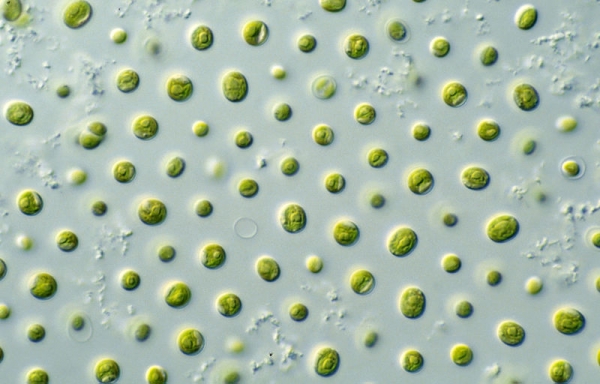The movement patterns of microscopic algae can be mapped in greater detail than ever before, giving new insights into ocean health, thanks to new technology developed at the University of Exeter.
The new platform allows scientists to study in unprecedented detail the patterns of movement of microscopic algae. The insight could have implications for understanding and preventing harmful algal blooms, and for the development of algal biofuels, which could one day provide an alternative to fossil fuels.
Microscopic algae play a key role in ocean ecosystems, forming the bases of aquatic food webs, and sequestering most of the world’s carbon. The health of oceans therefore depends on maintaining stable algal communities. There is increasing concern that changes in ocean composition such as acidification may disrupt algae spread and community make-up. Many species move and swim around to locate sources of light or nutrients, in order to maximise photosynthesis.
The new microfluidic technology, now published in eLife, will allow scientists to trap and image single microalgae swimming inside microdroplets, for the first time. The cutting-edge development has enabled the team to study how microscopic algae explore their micro-environment, and tracked and quantified their behaviours long-term. Importantly, they characterised how individuals differ from one another and respond to sudden changes in the make-up of their habitat such as the presence of light or certain chemicals.
Read more at University of Exeter
Photo Credit: CSIRO via Wikimedia Commons


